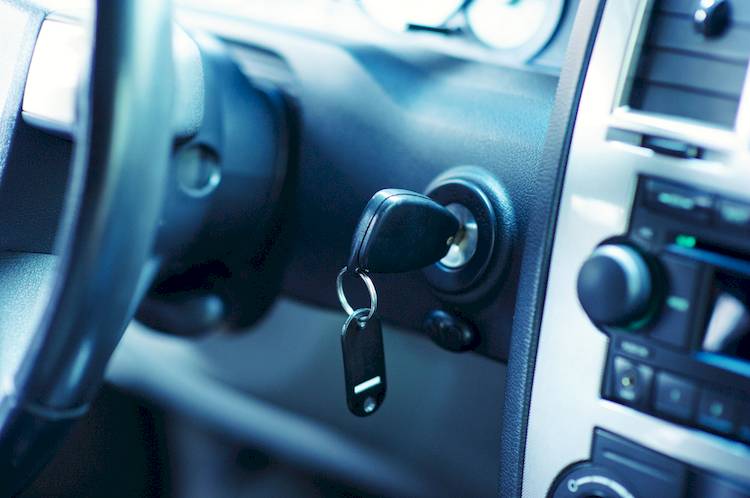

The ignition trigger is an electronic mechanism of the vehicle’s engine management system, commonly found, in one form or another, on a large number of road going cars and trucks. Most ignition triggers operate as a magnetic sensor that is “triggered” as the unit rotates. When the mechanism is triggered, a signal is sent to the computer or ignition module, so that the ignition system can be properly timed and fired. Most ignition triggers come in the form of a magnetic hall effect sensor matched with a reluctor wheel. The components are usually located inside of the distributor, beneath the ignition rotor, or near the crankshaft pulley, sometimes with the reluctor wheel being part of the harmonic balancer. The ignition trigger serves the same purpose as the crank position sensor that is also commonly found on many road going vehicles. Both provide a vital signal that the entire engine management system relies on for proper operation. When the trigger fails or has an issue, it can cause major driveability problems, sometimes even to the point of rendering the vehicle inoperable. Usually a faulty ignition trigger will produce few symptoms that can notify the driver of the issue.
1. Car is hard to start
One of the first symptoms of an issue with the ignition trigger is problems starting the engine. If there is any issue with the ignition trigger or reluctor wheel it may compromise the signal to the computer. An incorrect trigger signal to the computer will throw off the entire engine management system, which may lead to issues when starting the engine. The engine may take more cranks to start than normal, or may require several turns of the key before firing up.
2. Check Engine Light comes on
Another symptom of a possible issue with the ignition trigger is an illuminated check engine light. Some systems will come equipped with redundant sensors that will allow the engine to run even if there is an issue with the ignition trigger. Apart from causing performance problems, any issues with the ignition trigger can be detected by the engine computer, which will set off the check engine light to notify the driver of an issue. Any vehicle with an illuminated check engine light should be (scanned for trouble codes)[https://www.yourmechanic.com/services/check-engine-light-is-on-inspection], as the check engine light can be activated by a wide number of issues.
3. Car is not starting
A no start condition is another symptom of a possible problem with the ignition trigger. Some engine management systems use the ignition trigger as the primary signal for the entire engine management system. If the trigger fails, or there is an issue, this signal may be compromised or disabled, which may produce a no start condition due to there being no base signal for the computer. A no start condition can also be caused by issues with the ignition and fuel systems, so a proper diagnosis is recommended to be sure of the issue.
Ignition triggers are found on most vehicles in one form or another, and are an important component to the proper operation and driveability of the vehicle. If you suspect that your vehicle may be having an issue with the ignition trigger have the vehicle inspected by a professional technician, such as one from YourMechanic, to determine if the trigger should be replaced.



